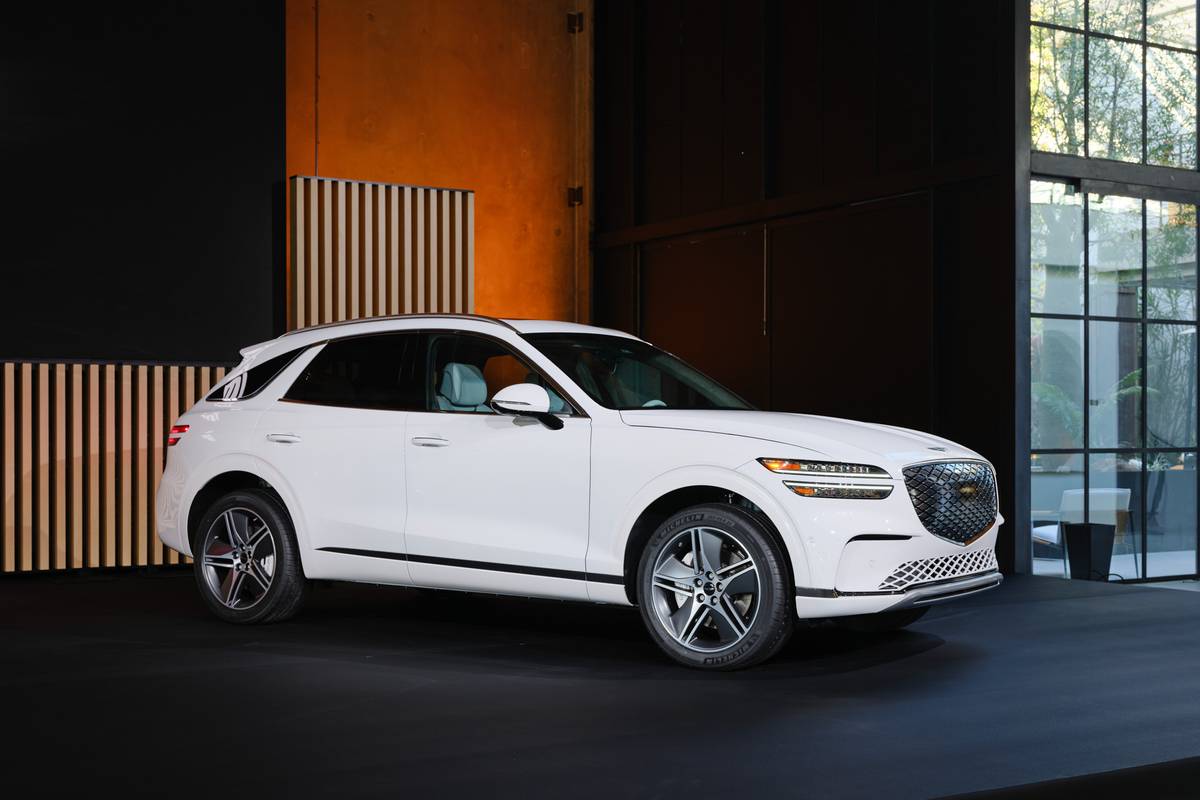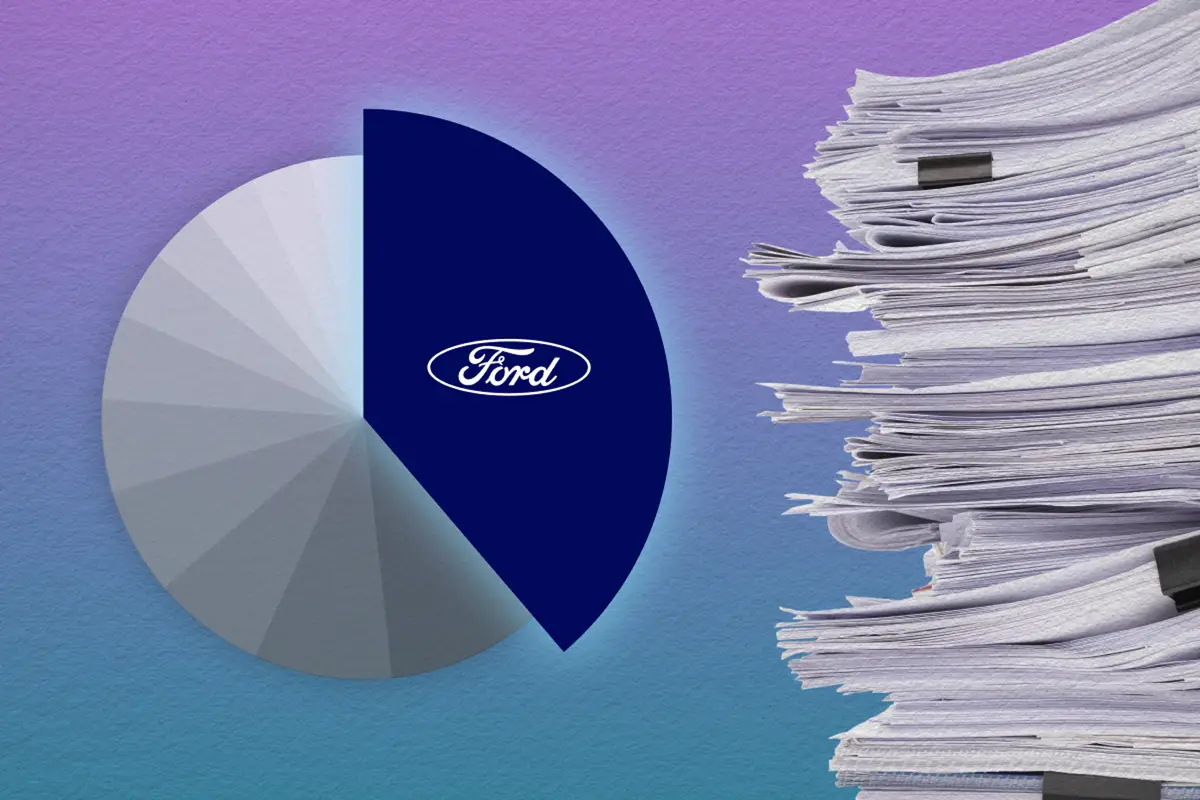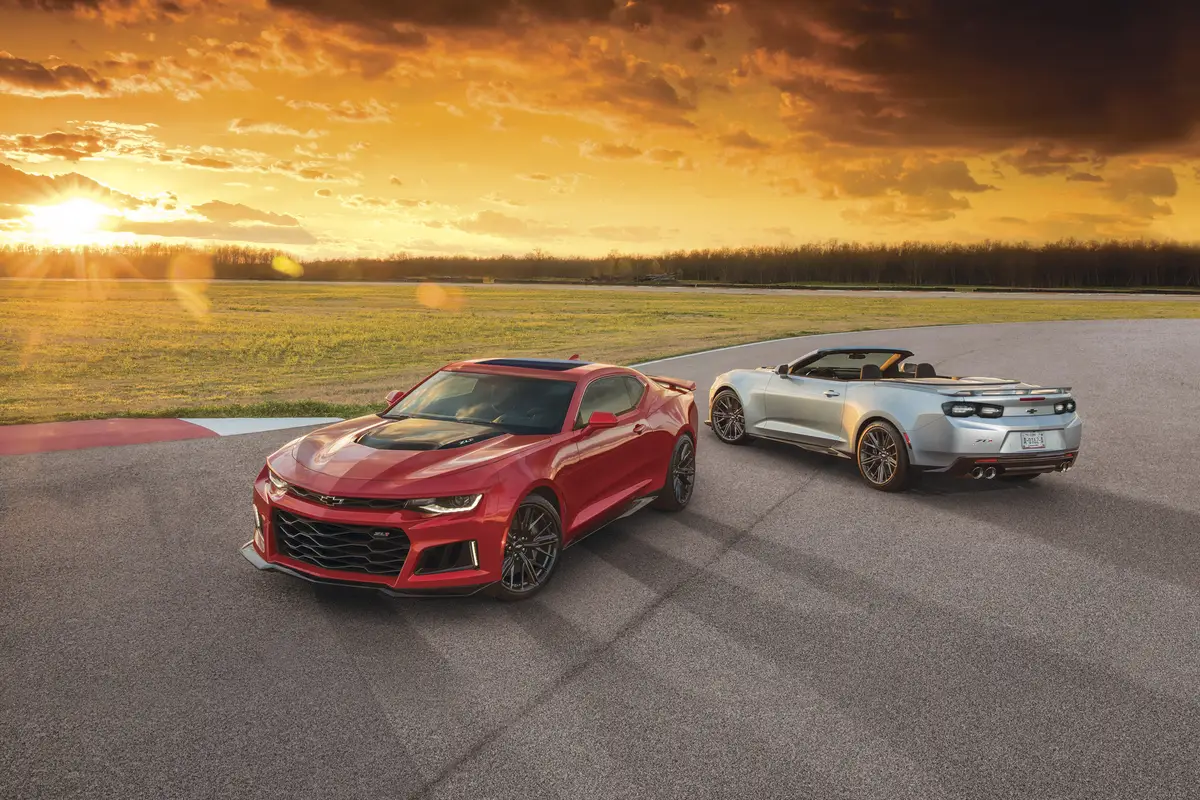IndyStar.com's view
Small in a bigger way is the in thing at Hyundai Motor Co. these days.
The South Korean automobile manufacturer introduced the 1996 Elantra sedan and station wagon in March, revealing a pair of subcompact motor vehicles that drives like more expensive cars and wagons.
The company has managed to do a lot with a little, in that the vehicles are built on 100.4-inch wheelbases. The new Elantra sports an increase in interior room that is keyed to greater size than its predecessor and an all-new engine.
The wheelbase has been increased by almost 2 inches over the previous model, and compressed engine dimensions contribute to a smaller engine compartment. The reduced size of the engine bay contributes to larger interior cabin volume.
In respect to styling, the ’96 vehicles get pretty good marks on the aerodynamic front. The wagon in particular is a departure from the box-on-wheels concept.
While there has been a major shift in buyer preference for minivans, don’t pat the station wagon in the face with a shovel just yet. The Elantra wagon has been designed with the features wanted in a multi-functional family vehicle, and offers easier accessibility.
“Minivans have been around for many years now,” said Jim Webb, general manager of Butler Hyundai. “Owners have sort of been mini-ed out to where we think they are going to be interested in a small, inexpensive station wagon.”
Webb says the wagon with a five-speed transmission is priced at $11,799.
Most minivans are close to $20,000 and higher.
The wagon earns good marks on looks, as its low nose and flowing body lines blend into a curved roof for maximum head room (38.9 inches). The sheet metal then flows into a well-rounded rear end that features contoured tail lights.
Interior ergonomic advances on both models are designed to provide ease of driving via a larger instrument panel and easier-to-read gauges. The center console layout is state-of-the-art in that the console holds the shift lever for either a five-speed manual transmission or an optional four-speed automatic.
Climate and audio controls, however, are mounted higher in the dash for easier accessibility. In addition, power accessory controls, which are grouped around the driver, are standard on GLS models.
One of the more interesting touches on the Elantra is the use of a “Sure-Bond” upholstery technique. Used on both the front and rear seats, this technique reduces the need for stitching along the center of the seat cushion and seat back, which significantly reduces fabric wrinkling over the life of the vehicle.
The engine department is also the recipient of some advanced technique in that the 16-valve dual overhead cam motor sports a narrower cylinder head and reduced depth crankcase in order to provide the smaller engine bay.
The motor is Hyundai’s new DOHC “Beta” 1.8-liter (109.4-cubic-inch/1,795 cc) four-cylinder that produces 130-horsepower and 122 foot-pounds of torque. Developing 13 more horses than its predeces sor, this high-tech four is well above the performance benchmark of one-horsepower per cubic inch.
One of its interesting design parameters is that engine vibrations transmitted to the chassis are sharply diminished by reducing the number of engine mounts from three to one, and by supporting the transmission on three mounting points.
With the five- speed sedan weighing but 2,458 pounds, the weigh-to-power ratio of 18.9-to-1 is guaranteed to give some sparkling performance.
Ride and driver control of the Elantras are enhanced by front-wheel drive and four-wheel independent suspension. Front suspension features MacPherson struts with coil springs. The rear utilizes a multi-link design.
Key suspension components are mounted on isolated front and rear subframes, with new front end geometry reducing nose dive during hard braking.
Latest news



